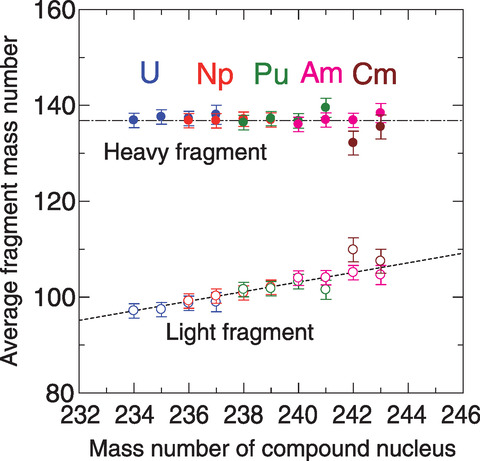
Fig.3-2 Multinucleon transfer reaction and fission-fragment mass distribution

Fig.3-3 Average mass of heavy and light fragments
Nuclear fission is a phenomenon observed in heavy nuclei and is widely used to generate electric power in power plants. In the scientific field, fission is expected to occur at the end of the rapid process of nucleosynthesis in stars, which would change the abundance of elements in nature. Better understanding the fission process will largely impact science and industry.
Neutron capture reactions, an example illustrated in Fig.3-2(a) for neutron capture by plutonium-239 (239Pu) to form the compound nucleus 240Pu, have mainly been used to study fission. However, this method is applicable only to limited nuclei, as the available target material are scarce in terms of purity and half-life enough to make a target sample. To overcome this restriction and expand the region of nuclei that can be studied, we developed a method based on multinucleon transfer reaction using a heavy-ion beam. This approach can generate fission data for many nuclei in one reaction, including neutron-rich nuclei that have not yet been investigated, such as those produced in stars.
The idea of this method is shown in Fig.3-2(a); for example a neptunium (237Np) target is bombarded with an oxygen (18O) beam to produce 240Pu by exchanging neutrons and protons, and emitting nitrogen nucleus (15N). The method was developed at the JAEA tandem accelerator facility in Tokai. The obtained fission-fragment mass distribution of 240Pu is shown in Fig.3-2(b). The data agreed well with those obtained by neutron-induced fission of 239Pu, confirming that the proposed approach can provide a surrogate for neutron-induced reaction. In accordance with the different numbers of transferring neutrons and/or protons, fission data for many compound nuclei can be obtained in a single experiment. Among the obtained fission-fragment mass distributions, data for 236,239Np, 238,239Pu, and 240,241Am cannot be obtained from neutron-capture reactions.
The average fragment-mass numbers of heavy and light fragments from this experiment are given in Fig.3-3. Interestingly, the heavy fragments have an average mass of 136-138, whereas that of light fragments increases with the mass of the compound nucleus. These results indicate that the nuclear structure of the heavy fragment has an essential role in fission and that fission proceeds so as to evolve an internal structure of heavy nucleus.
This work was supported by MEXT (Ministry of Education, Culture, Sports, Science and Technology, Japan) program, “Comprehensive study of delayed-neutron yields for accurate evaluation of kinetics of high burn-up reactor”.
(Katsuhisa Nishio)